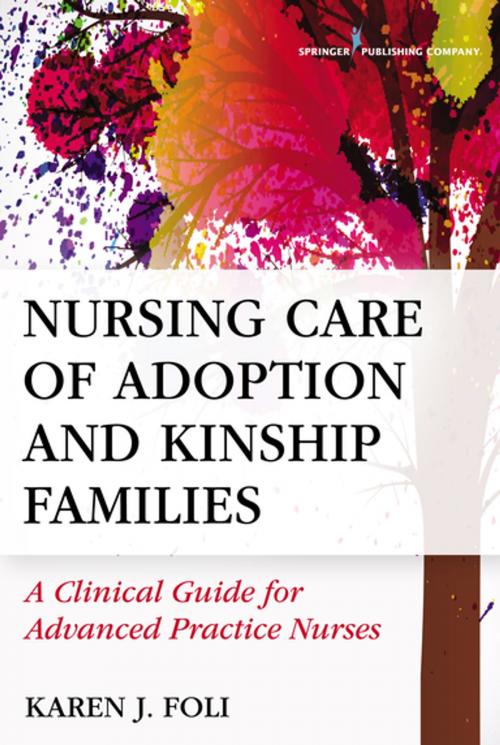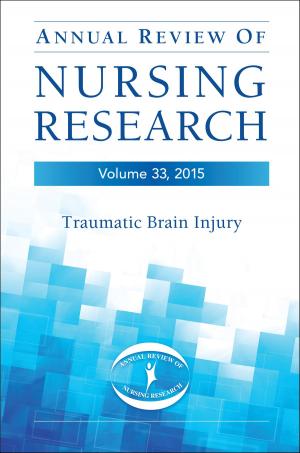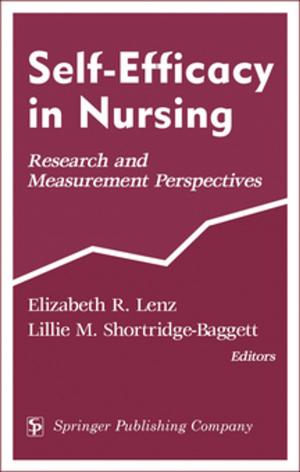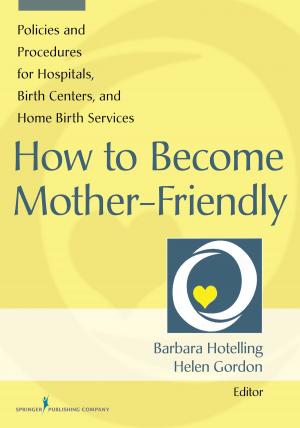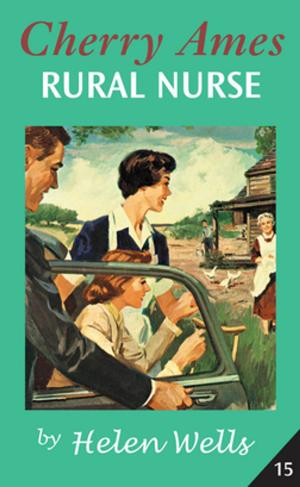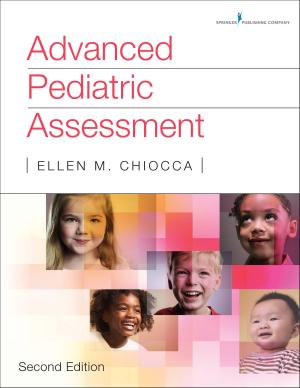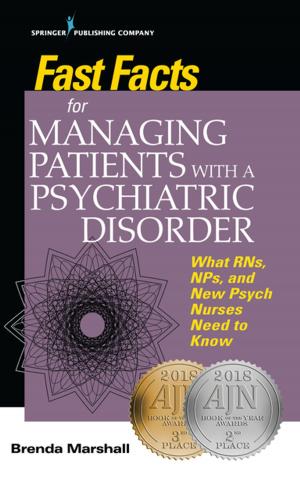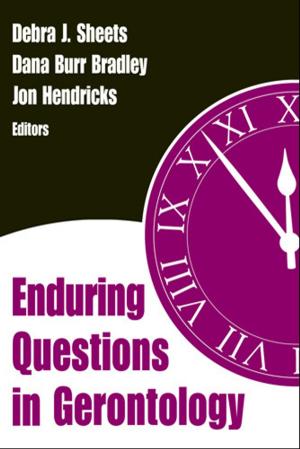Nursing Care of Adoption and Kinship Families
A Clinical Guide for Advanced Practice Nurses
Nonfiction, Health & Well Being, Medical, Nursing, Pediatric & Neonatal, Nurse & Patient| Author: | Dr. Karen J. Foli, PhD, MSN, RN, FAAN | ISBN: | 9780826133595 |
| Publisher: | Springer Publishing Company | Publication: | December 28, 2016 |
| Imprint: | Springer Publishing Company | Language: | English |
| Author: | Dr. Karen J. Foli, PhD, MSN, RN, FAAN |
| ISBN: | 9780826133595 |
| Publisher: | Springer Publishing Company |
| Publication: | December 28, 2016 |
| Imprint: | Springer Publishing Company |
| Language: | English |
"This is a landmark book that should be read around the world. For far too long adoption and kinship families have not received the attention that they so sorely need...The material in this book is well researched, sensitively delivered, and essential for any clinician for adoption and kinship families."—Cheryl Tatano Beck, DNSc, CNM, FAAN,Professor, School of Nursing, University of Connecticut–Storrs, From the Foreword
Provides foundational knowledge on how to provide current, evidence-based, clinical best practices for the specific needs of adoption and kinship families.
To be a family, and what that means in society, is undergoing dramatic changes that reflect fluidity in the definition of spouse, children, and kin. Pediatric, family, adult-gerontology, psychiatric-mental health, and other advance practice nurses increasingly serve as frontline primary care providers for the growing number of adoption and kinship families. The creation and preservation of these nontraditional families are often replete with social, cultural, and legal issues that the advanced practice nurse must recognize to provide optimal care. This groundbreaking clinical guide breaks down the adoption and kinship triads into their distinct parts—the birth parents, adoptive or kinship parents, and the child—and analyzes the relationships among them and how the nurse can assist their development.
Beginning with an overview of adoption and kinship parenting, this book also discusses the specific psychosocial and health care–related needs of adoption and kinship families using detailed case studies to illustrate a variety of conditions and circumstances, along with guidance on how nurses should intervene. A clinically focused section within the case study chapters covers assessment, interventions, referrals, and follow-up considerations. Learning objectives at the beginning of each chapter relay major discussion points and sidebars embedded in each chapter provide related resources for additional information on the health care considerations of adoption and kinship families.
Key Features:
- Addresses nursing’s specific role in the holistic assessment and care of the different members of adoption and kinship families
- Authored by a renowned nurse leader in adoption and kinship care
- Provides chapter objectives, highlights, and questions for reflection
- Promotes current, evidence-based best practices
- Includes a glossary of adoption-friendly language
- Discusses nursing practice within the context of a larger health care team
"This is a landmark book that should be read around the world. For far too long adoption and kinship families have not received the attention that they so sorely need...The material in this book is well researched, sensitively delivered, and essential for any clinician for adoption and kinship families."—Cheryl Tatano Beck, DNSc, CNM, FAAN,Professor, School of Nursing, University of Connecticut–Storrs, From the Foreword
Provides foundational knowledge on how to provide current, evidence-based, clinical best practices for the specific needs of adoption and kinship families.
To be a family, and what that means in society, is undergoing dramatic changes that reflect fluidity in the definition of spouse, children, and kin. Pediatric, family, adult-gerontology, psychiatric-mental health, and other advance practice nurses increasingly serve as frontline primary care providers for the growing number of adoption and kinship families. The creation and preservation of these nontraditional families are often replete with social, cultural, and legal issues that the advanced practice nurse must recognize to provide optimal care. This groundbreaking clinical guide breaks down the adoption and kinship triads into their distinct parts—the birth parents, adoptive or kinship parents, and the child—and analyzes the relationships among them and how the nurse can assist their development.
Beginning with an overview of adoption and kinship parenting, this book also discusses the specific psychosocial and health care–related needs of adoption and kinship families using detailed case studies to illustrate a variety of conditions and circumstances, along with guidance on how nurses should intervene. A clinically focused section within the case study chapters covers assessment, interventions, referrals, and follow-up considerations. Learning objectives at the beginning of each chapter relay major discussion points and sidebars embedded in each chapter provide related resources for additional information on the health care considerations of adoption and kinship families.
Key Features:
- Addresses nursing’s specific role in the holistic assessment and care of the different members of adoption and kinship families
- Authored by a renowned nurse leader in adoption and kinship care
- Provides chapter objectives, highlights, and questions for reflection
- Promotes current, evidence-based best practices
- Includes a glossary of adoption-friendly language
- Discusses nursing practice within the context of a larger health care team
